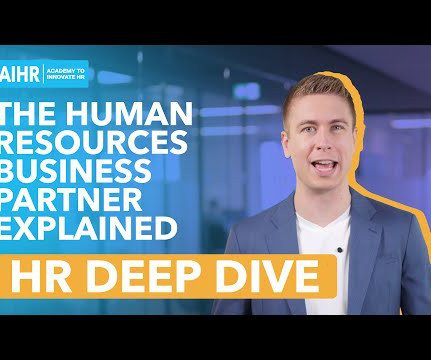Talent Acquisition
Analytics in HR
JUNE 30, 2023
The core of talent acquisition is to attract employees to an organization and hire the ones that fit with the organization and role. These organizations differentiate themselves based on a number of factors, including a strong employer brand and a strong value proposition for employees. The second force is selection.














































Let's personalize your content